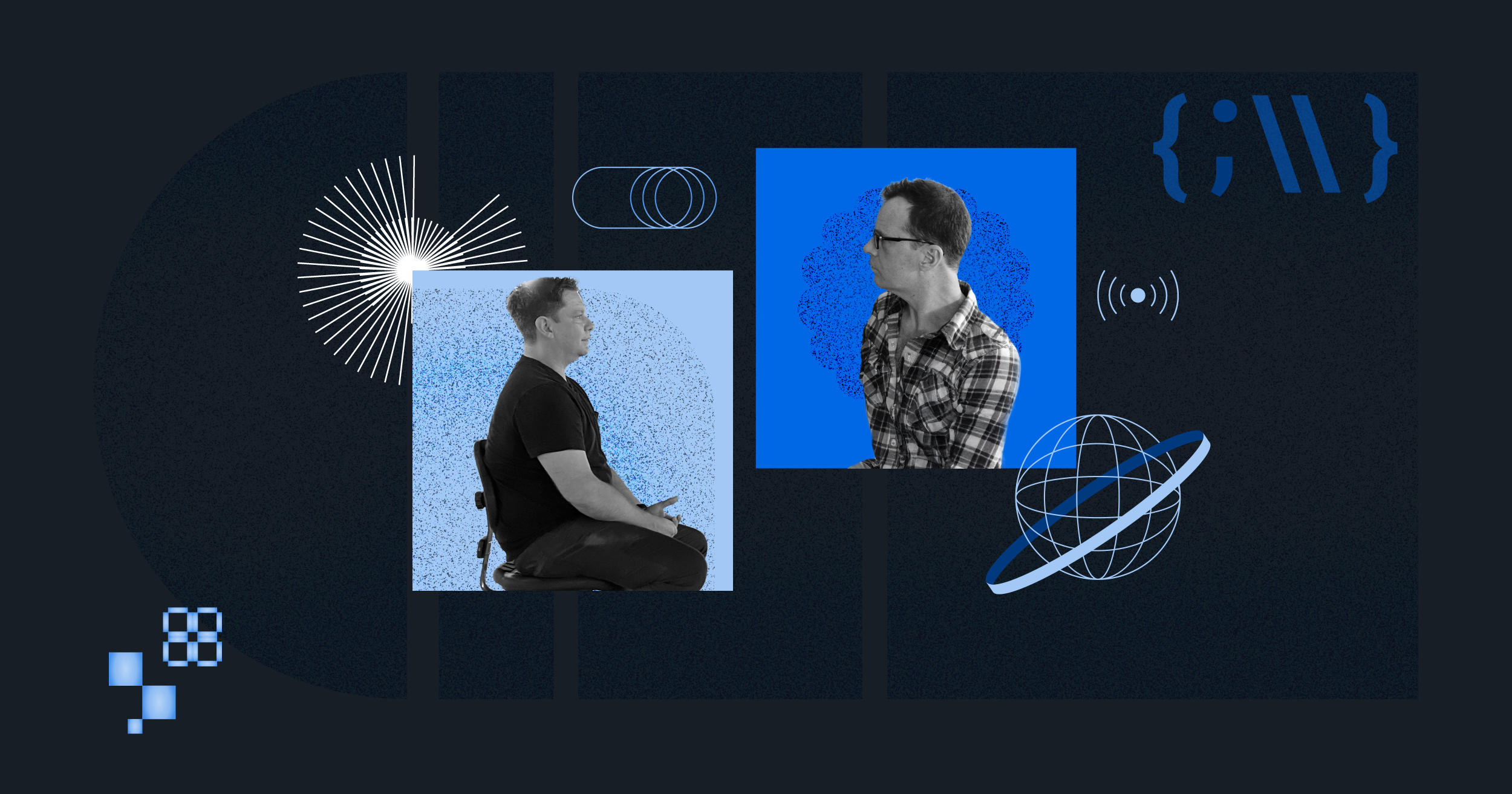
November 18, 2025
November 18, 2025

Reading time
November 18, 2025
November 18, 2025

I have a confession. I can’t stand the term, “thought leader.” To me, it just sounds like “influencer” with an MBA. And yet, somehow, helping people do thought leadership is a big part of my job. So I have made peace with the term, and instead I focus on the work itself, which is important, especially now. AI may be generating endless “content,” but the only stories and thoughts that can truly change the world are still the human ones.
Mission North co-CEO Tyler Perry recently made this point in Fast Company: Human Stories Break Through. She argues that in an era of AI-written sameness, only stories grounded in real experience have the potential to make a real difference.
But how do we create these human stories? And what is the role of an editor like me in coaching our storytellers?
When a writer like me gets a thought leadership assignment, it’s typical for the client to focus immediately on the writing: Here’s the brief, help us put some meat on it and can you have a draft by Friday?
Unfortunately, that is a boring assignment and can lead to a bland story. Writing is actually the easiest and least important part of thought leadership. Real thought leadership starts with having, and confronting, thoughts.
Thinking is interesting. And company leaders have lots of thoughts. How could they not? They are doing complex, multidimensional work — juggling strategy, leadership, customer hopes and complaints, finances, intuition, and luck. If you are doing all this, you’re going to have experiences worth sharing.
A cohesive thought leadership project begins as a conversation, not a PowerPoint. At Mission North, our Storymining process reveals these leadership threads. It’s the institutionalized version of the work I’ve done for years as a reporter: Talking with someone, ideally over a beer or coffee, to learn what makes them tick.
A cohesive thought leadership project begins as a conversation, not a PowerPoint.
Human stories don’t come just from words. Finding threads to pull on means paying attention to how a person talks — the signals you can’t pick up from a transcript. And without fail, I have found that the most interesting and useful ideas come at the end of a conversation, after the talking points have been exhausted and trust is finally beginning to set in. (This is why I don’t like the typical 30-minute exec interview; it’s rarely enough time for them or me to loosen up and get to the good stuff.)
The process of uncovering and refining these ideas and stories is warm and conversational, but good thought leadership is designed to provoke people, not comfort them. New ideas are rarely clean or obvious and they do not make everybody happy. If they did, writing about them would not be leadership, but just an echo of the voices already in the room.
Good thought leadership is designed to provoke people, not comfort them.
Once our ideas are explored, uncovered, and refined, we can begin work on the primary artifact of the effort: the story (or graphic or video) that presents the main idea and the logic behind it. But by this point, we have already realized the most important value of the process, which is the thinking that the executive has done and the absolutely critical internalization of the ideas. In contrast, a brilliantly written story that the exec cannot discuss lucidly and enthusiastically will die on the page.
When the exec can bring their ideas and clarity of thought into a podcast, a pep talk, or an impromptu pitch — and point to the written story as the canonical version of their message — then, perhaps, we have achieved Thought Leadership.
With AI flooding the zone, we’re under increasing pressure to produce more, faster. But what really stands out right now? Not speed, not volume, but conviction. AIs can’t stick their necks out. Readers can intuit the difference between clever ideas and personal belief. Committing to an idea means testing it, with flesh-and-blood allies and enemies, until you know how much pressure it can withstand. When we do that work, it shows.
And — bonus — AIs themselves value original thought more than their own pattern-matched output. Both OpenAI and Anthropic have publicly stated that diverse, human-generated ideas are essential to model quality.
Smart thinkers will not chase the machines. Instead, it is time to slow down, think with your whole self, and let the machines catch up to you. That’s how we find the stories that matter.

October 28, 2025
October 28, 2025